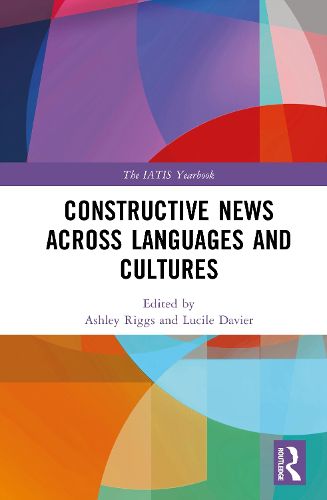Readings Newsletter
Become a Readings Member to make your shopping experience even easier.
Sign in or sign up for free!
You’re not far away from qualifying for FREE standard shipping within Australia
You’ve qualified for FREE standard shipping within Australia
The cart is loading…






Constructive news is an alternative to the negativity of if-it-bleeds-it-leads journalism but still unfamiliar to some audiences and still relatively under-researched, particularly by news translation scholars. And yet, it is "done" across cultures and, therefore, languages. This innovative book contributes to filling that research gap and raising awareness of the phenomenon by showcasing cross-cultural research on constructive news, including in the Global South - a region that has traditionally received less scholarly attention than the Global North.
Constructive news is resolutely multimodal, and so a number of chapters analyse it from that perspective. The chapters also tackle such topics as audience attitudes, service to the local community, pedagogy, financial news, and religious news. This book will appeal to journalism studies and translation scholars, applied linguists, lecturers, journalists, editors, and members of the public who consume, study, or teach news but are looking for alternatives.
$9.00 standard shipping within Australia
FREE standard shipping within Australia for orders over $100.00
Express & International shipping calculated at checkout
Constructive news is an alternative to the negativity of if-it-bleeds-it-leads journalism but still unfamiliar to some audiences and still relatively under-researched, particularly by news translation scholars. And yet, it is "done" across cultures and, therefore, languages. This innovative book contributes to filling that research gap and raising awareness of the phenomenon by showcasing cross-cultural research on constructive news, including in the Global South - a region that has traditionally received less scholarly attention than the Global North.
Constructive news is resolutely multimodal, and so a number of chapters analyse it from that perspective. The chapters also tackle such topics as audience attitudes, service to the local community, pedagogy, financial news, and religious news. This book will appeal to journalism studies and translation scholars, applied linguists, lecturers, journalists, editors, and members of the public who consume, study, or teach news but are looking for alternatives.